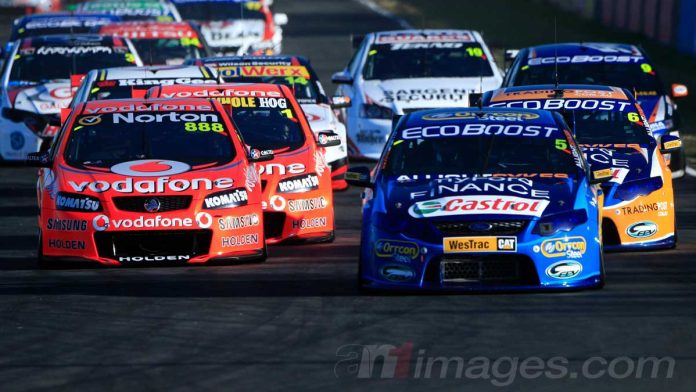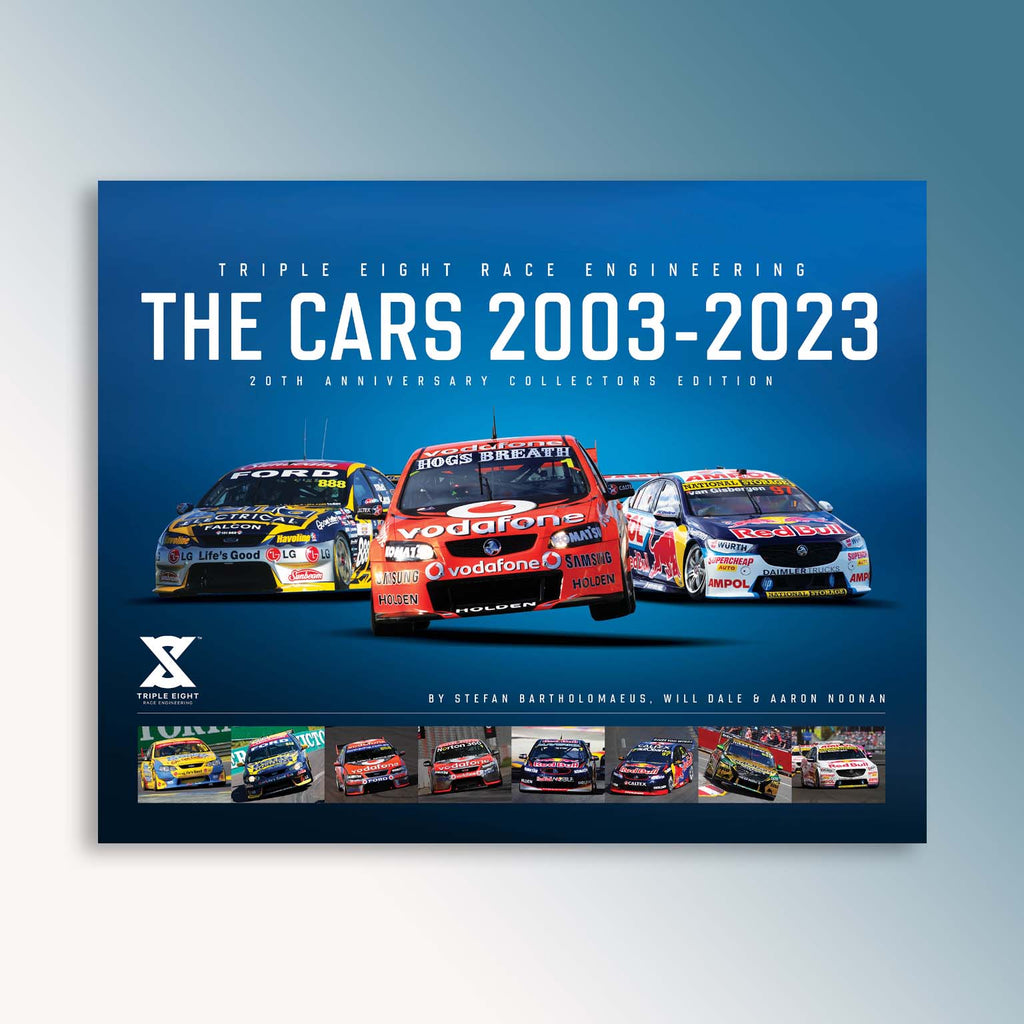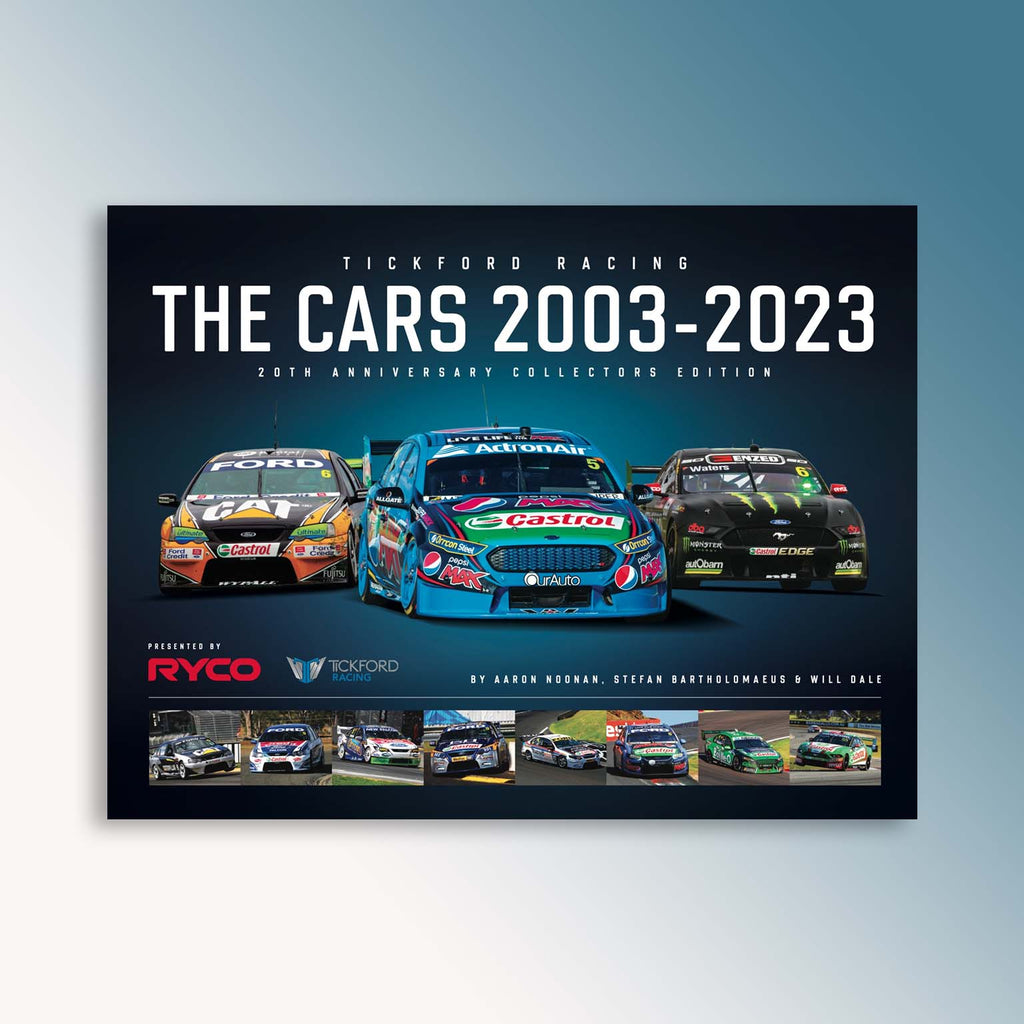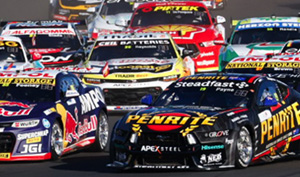PROJECT Blueprint had delivered the closest period of competition in the history of the Supercars Championship, yet its final season was utterly dominated by just two teams.
Triple Eight Race Engineering and Ford Performance Racing claimed all 30 race wins between them; 19 to the Holden team from Banyo, the other 11 by the Ford team from Campbellfield.
We recently released a pair of in-depth, limited-edition books on the histories of each car built and raced by the team, and both are currently available to buy in the V8 Sleuth Superstore.
The research for each book unearthed a few interesting tech details from that 2012 season, including one tweak in particular that both teams employed, which helped move them ahead of the pack.
Technical rules of the era allowed teams to use water-cooling to manage the peak temperatures of brake discs, and most employed systems to do so.
Both Triple Eight and FPR, independently, realised the cooling spray had a positive on more than just the brakes.
“That managed the pressure of the tyres better than anything else. It helped cooling down the tyre,” Ludo Lacroix told V8 Sleuth of the practice.
“The fuel tank had to have a position, the Watts link had to have a position and in between there was a gap of 100mm, so we filled that with water in an aluminium tank (to cool the brakes).
“We started with 10-20 litres up to 30-40 litres, and we were refilling during pitstops. Everything became more electronically-guided; the driver wouldn’t press a button, it was just that he was braking so the system would squirt water, which cooled the brakes – and the rest, which was outside the brakes!
“That was probably a flaw from the championship, not to realise what was happening.”
Their rivals at FPR certainly realised; they started using the water-cooling system to manage tyre temperatures mid-season.
“The rules said you were allowed to cool the brakes, and we knew that when you ran out of water in the brake-spray system, that your tyre temps would go up, and the cars were more aggressive on the rear tyre,” Nathaniel Osborne, then an engineer at FPR, explained to V8 Sleuth.
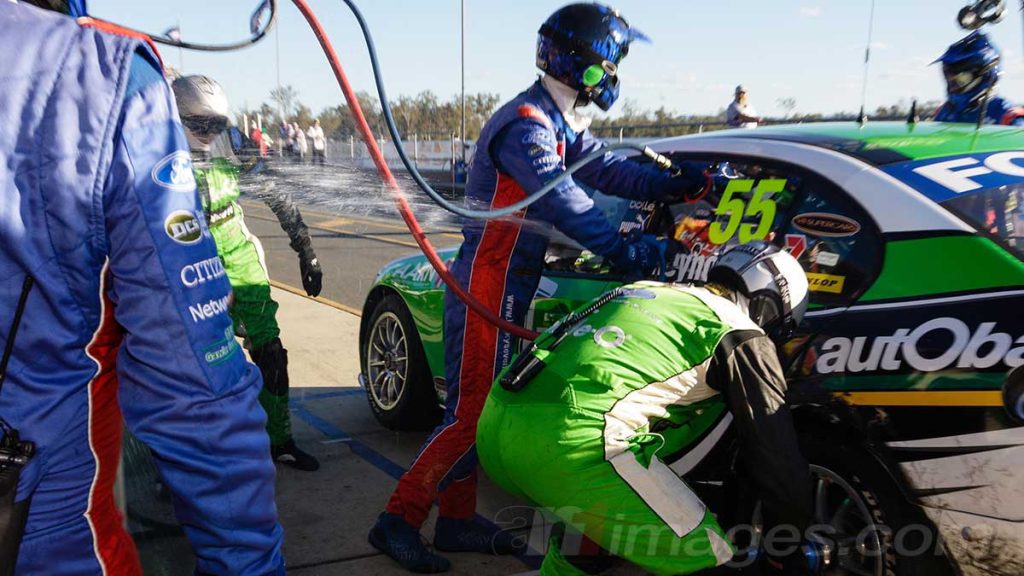
“We had rear-brake spray; it didn’t actually do much for the brakes, but it did a lot for the tyre temp.
“We worked out that there was an advantage by cooling the rim. It’d pull the temperature out of the air and cool the tyre temperature down.
“And we exploited it – heavily.”
Osborne explains why the system was effective in further detail in Tickford Racing: The Cars, 2003-2023, as well as the code the engineers used over the radio to tell drivers to dial it up or down during races.
The practice ended with the close of the Project Blueprint era; the Car of the Future rules explicitly banned water-cooling of brakes, while Gen3 also doesn’t employ the system.


